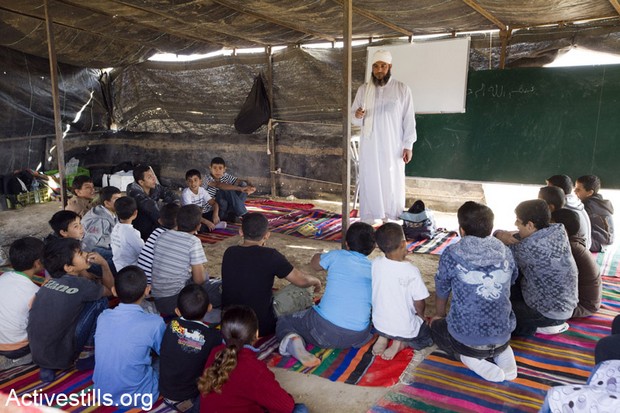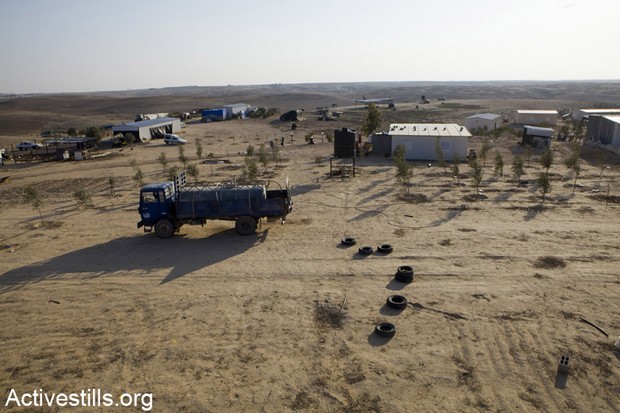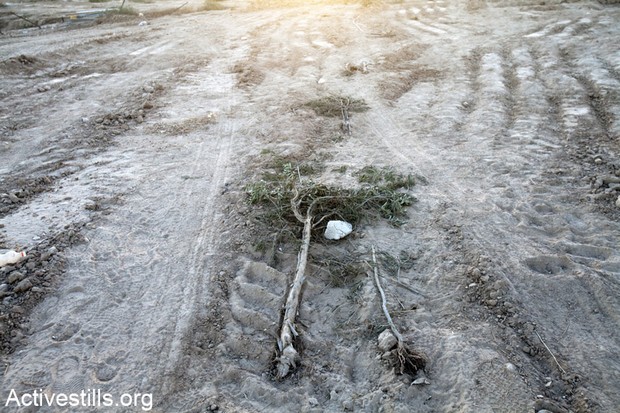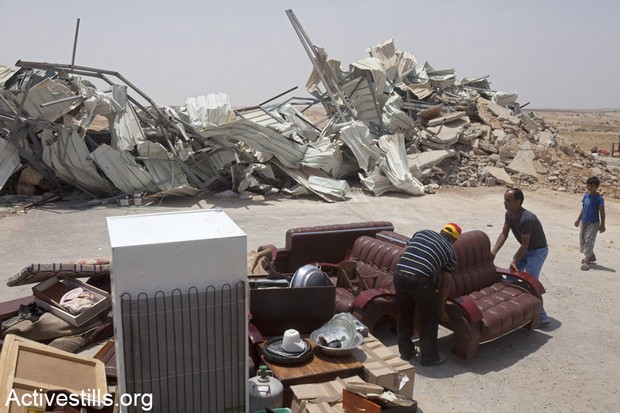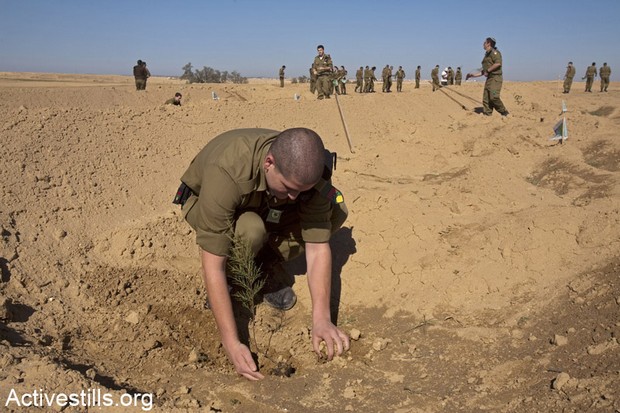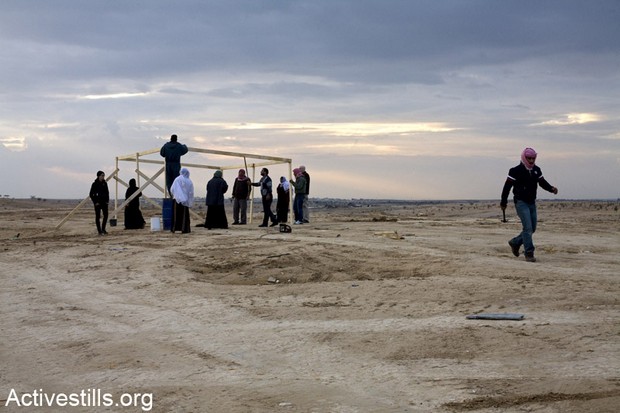Photos by: Oren Ziv, Yotam Ronen, and Keren Manor/Activestills.org
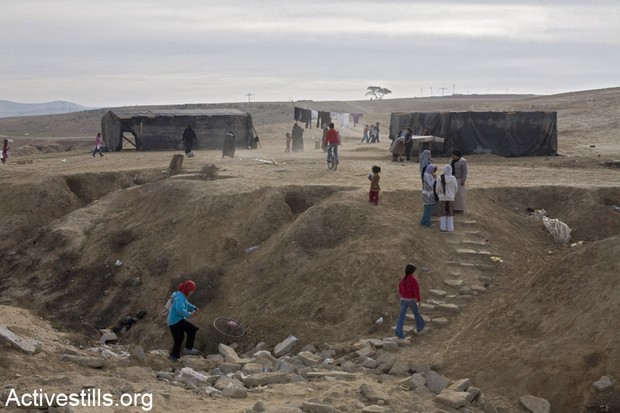
Al-Araqib is one of the 45 “unrecognized” Bedouin villages in the Negev desert of southern Israel. Since July 27, 2010, the village has been demolished 39 times. Despite daily harassment, ongoing house demolitions and the Israeli government’s determination to forcefully transfer the Bedouin population out of their historical land, the residents of Al-Araqib continue to struggle.
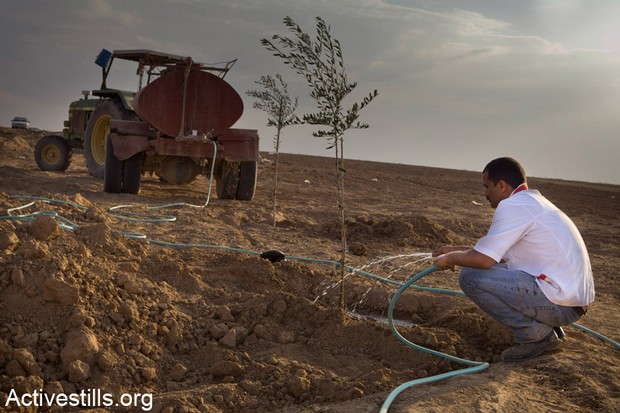
Following the 1948 War, the Bedouin population in the Negev (Naqab) Desert, in southern Israel, was forced to change its way of life. Prior to that time, Bedouins wandered freely in the deserts which are now under Israeli, Egyptian, and Jordanian jurisdiction.
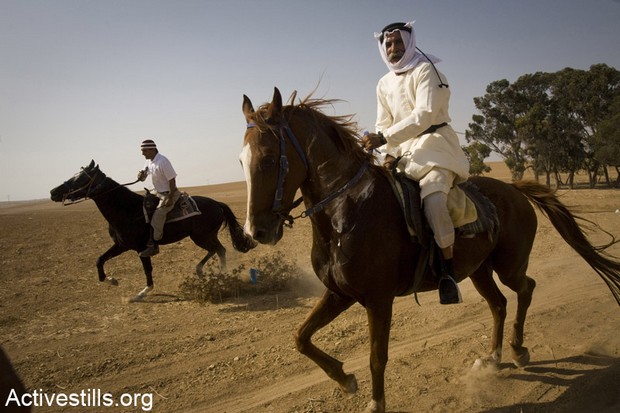
In 1953, the Israeli army ordered many of the Bedouins, among them those in the village of Al-Araqib, to abandon their lands for six months during which time the army performed military exercises. To this day, the right of the Bedouins to return to their land has not been recognized.
In contrast to their traditional nomadic origins, many Bedouins were moved to permanent urban settlements where they suffered from unemployment, crime and an inability to adjust to an urban way of life.
In the 1950s, a small number of Bedouin managed to return to their land in the village of Al-Araqib and were joined by a number of families in the late 1990s who understood that if they did not return, they would lose the right to their land. Because the villages are considered “unrecognized”, they have no infrastructure: no electricity or water, no health or educational services, no road or sewage systems.
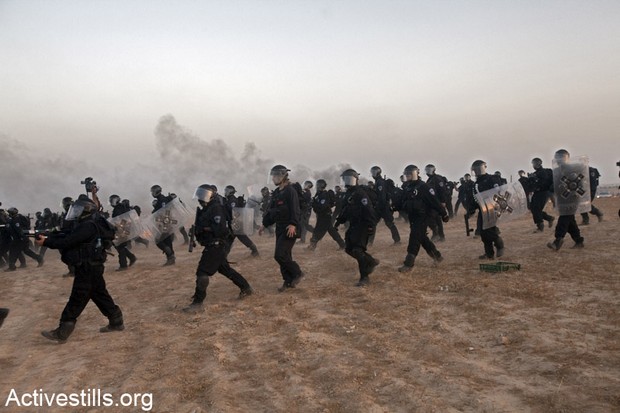
The Israeli authorities have made the lives of the dwellers impossible. Those who returned suffer from the constant destruction of their dwellings, classified as illegal, and of their agricultural crops.

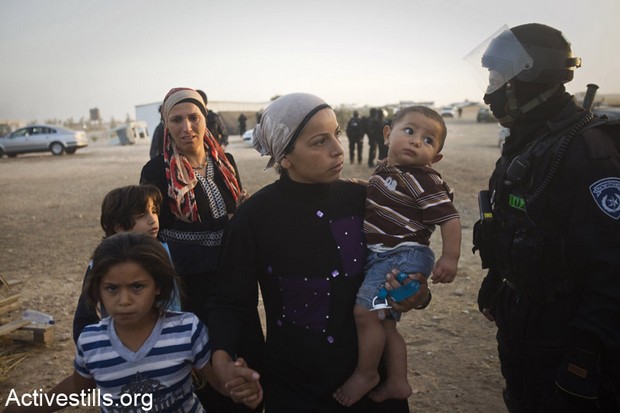
In 2009, the Jewish National Fund (Keren Kayemeth LeIsrael) began planting the “Ambassadors Forest” on the lands of Al-Araqib in an effort to complete the authority’s appropriation of the land, and to prevent the dwellers from using the land for housing or farming.
But the residents of Al-Araqib are not the only Bedouin citizens of Israel facing forced displacement. According to Mairav Zonszein:
The Israel Lands Administration (ILA) claims the Bedouin are trespassing on state land, but the issue is still being fought in court proceedings over land ownership. While the residents do not have official land deeds, they do have documents from the Ottoman era showing their ancestors purchased the land in 1906. The state insists the land was appropriated in 1954 such that court findings regarding ownership before then are irrelevant anyway.
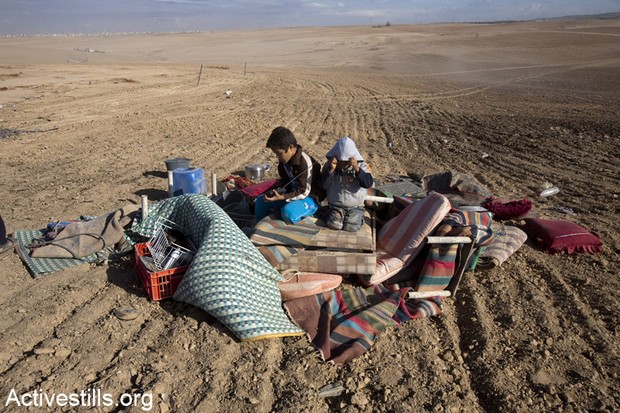
The issue of Al-Arakib is part of a larger story concerning 35 unrecognized villages inside Israel. According to a 2011 report by the Association for Civil Rights in Israel, approximately half the Bedouin population in the Negev, about 90,000 people—live in quasi-recognized or unrecognized villages similar to al-Arakib. The government adoption of the Prawer Plan last September calls for the uprooting of 30,000 Bedouin citizens of Israel and their relocation to established Bedouin towns (with financial compensation), thereby denying the community’s connection to the land and way of life.
Click here to see more photos of Al-Araqib at Activestills.org
Activestills is a collective of Israeli, international and Palestinian photographers, united by a conviction that photography is a vehicle for political and social change. To stay updated on our latest images, like Activestills on Facebook or follow @activestills on Twitter. You can also visit our flickr photostream.


